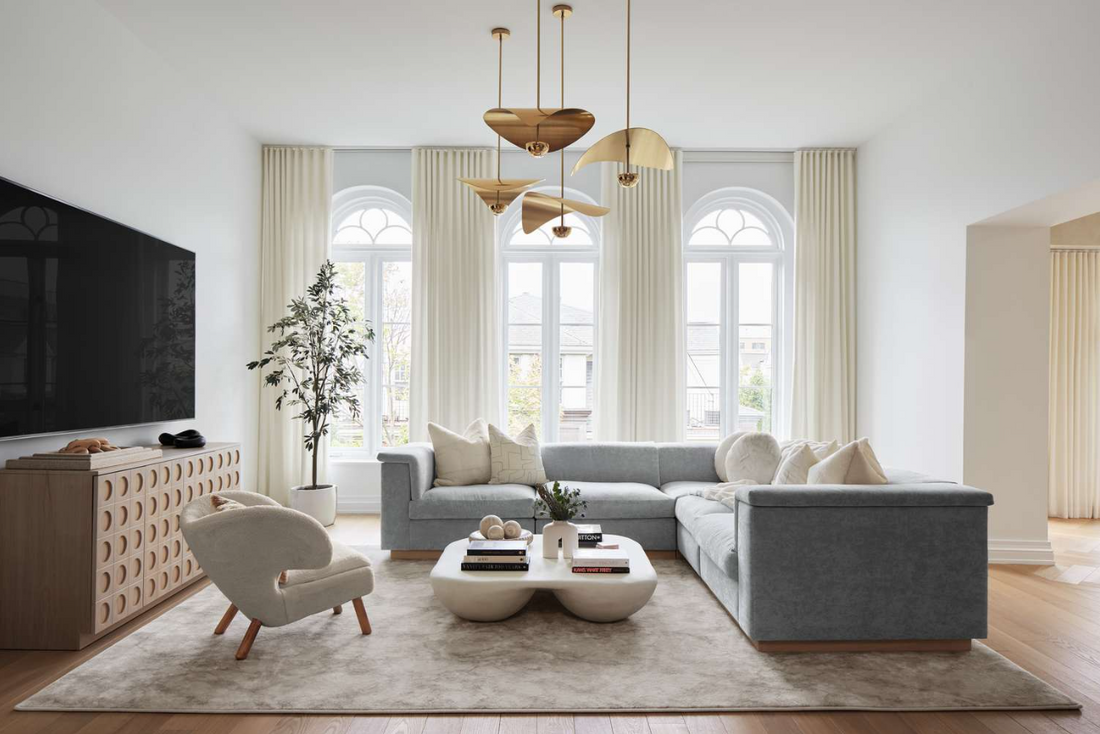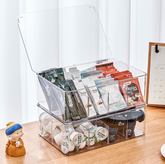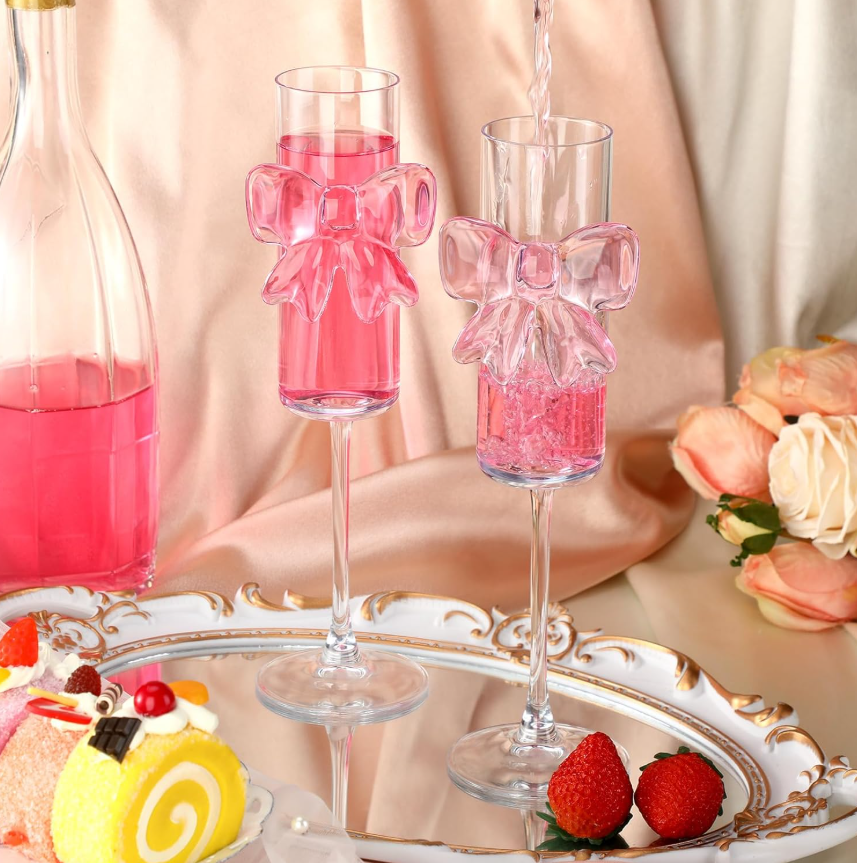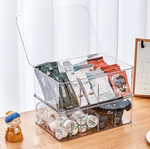The Myth of the Perfect Home
When perfection starts to feel like pressure
You know that feeling when you scroll through Pinterest and every home looks like it belongs in a magazine? The spotless countertops. The color-coordinated books. The plants that somehow never die. You look up from your screen, glance around your own space, and suddenly that cup on the table feels like failure.
But here’s the question that quietly sits behind all those pretty pictures: What if the perfect home isn’t peaceful at all?
Stay with me, because this isn’t another “love your mess” speech. This is about what the myth of the perfect home has stolen from us and how peace actually looks and feels inside a real, lived-in home.
(Keep reading, because the answer isn’t what you think it is.)
The illusion we were sold
Let’s rewind a little. Somewhere between the rise of Pinterest, home makeover TV shows, and influencer house tours, we were fed a simple lie:
“If your home looks perfect, you’ll finally feel calm.”
But that formula never added up, did it?
We bought the fancy storage bins. We color-coded. We scrubbed. And still, the house never felt enough. Because what we were really chasing wasn’t cleanliness. It was control.
This “perfect home” myth thrives on a culture of performance, where we decorate to be seen, not to be soothed. We shape our spaces for Instagram, not for intimacy.
And the cost? Constant comparison. Quiet shame. The kind of exhaustion that seeps into your bones when your house looks calm but your heart doesn’t.
That’s the trap we’re breaking at Netai Home, the culture of chaos disguised as perfection.
What peace actually looks like
Before we go deeper, imagine this:
It’s a Sunday morning. The sun has slipped through your curtains. There’s a half-folded blanket on the couch, the faint smell of coffee in the air, and your favorite song humming softly in the background.
It’s not spotless. But it’s still sacred.
That’s the difference. Peace isn’t a picture, it’s a feeling.
And most of us have forgotten how to create it.
So, how do we find it again?
The emotional architecture of a peaceful home
Let’s rebuild the idea of peace from the ground up, not through perfection, but through presence.
Peaceful homes are felt, not flaunted. And their foundation is emotional, not aesthetic.
Here’s how real peace shows up in a home:
1. Scent: the invisible calm
A peaceful home always smells like something familiar. Maybe it’s morning coffee, clean sheets, or a candle that reminds you of a memory you can’t quite name.
Scent anchors you. It tells your nervous system, you’re safe here.
It’s why lighting a candle after a long day can feel like exhaling.
At Netai, we call this a reset ritual.
2. Sound: the quiet heartbeat
Perfection loves silence, but peace loves sound. The hum of the fridge, soft music, laughter from another room, it’s the rhythm of life that keeps a home warm.
Instead of muting your space, let it hum.
3. Light: gentle, not glaring
Peaceful homes are built on soft light. Draw your curtains. Let natural light do what harsh bulbs can’t: make you feel awake but grounded.
In Kenya, where sunshine kisses every wall, we don’t need designer lamps. We just need to notice the way the afternoon light hits our cups.
4. Texture: comfort over polish
Perfection feels stiff. Peace feels soft.
Add textures that make you want to sit, touch, and exhale: a throw blanket, a woven mat, a cup with personality.
Peace invites touch; perfection forbids it.
Why we confuse order with peace
Here’s where most people get stuck:
They think if they declutter enough, they’ll feel calm.
But peace isn’t found in empty counters; it’s found in emotional clarity.
That’s why you can walk into a minimalist house that still feels tense. The owner decluttered the objects but never decluttered the expectations.
In Kenya, especially in urban apartments, we chase organization like it’s oxygen, stacking, labeling, and storing. But ask yourself: Do I feel lighter after cleaning, or just more controlled?
That’s the part nobody tells you. Peace and order aren’t the same thing.
Organization is externally calm. Peace is internal alignment.
The real work is learning how to use your space as therapy, not theatre.
How to unlearn perfection and invite peace in
This is where the transformation starts.
How can I create a peaceful home?
You can create a peaceful home by simplifying your space, adding calming scents, using soft lighting, and building daily rituals that ground you. Peace comes from emotional presence, not perfection.
You don’t need to renovate. You just need to reframe.
Here’s how:
1. Choose one ritual a day
Peace starts small, in the five-minute moments we usually rush through.
Sip from your favorite Libbey cup every morning and call it sacred.
Wipe your counter as a breathing exercise, not a chore.
Watch how quickly presence begins to replace performance.
2. Stop editing your space for visitors
Let your home reflect your rhythm, not your reputation.
The mess after a family dinner, the pile of books on your table, these are signs of life, not failure.
Remember this: perfect homes impress people. Peaceful homes hold them.
3. Redefine beauty as belonging
You don’t need to buy more; you need to connect deeper.
When every item in your home tells a story, not a trend, your space begins to speak peace back to you.
4. Create sanctuary corners
Every home in Kenya, no matter how small, has a corner that can become holy ground.
Maybe it’s your bedside table. Maybe it’s that chair near the window.
Add one candle, one book, one cup, and declare it your sanctuary corner.
You don’t need a mansion to feel like your space loves you back.
The Netai philosophy: homes with heartbeat
At Netai Home, we don’t sell perfection. We sell presence.
Every cup, every tray, every ritual is designed to bring you back to yourself.
Because a home isn’t supposed to look perfect, it’s supposed to feel alive.
We believe in spaces that breathe. Tables that hold stories. Shelves that remember laughter.
Our tribe doesn’t chase the perfect home myth.
We build everyday sanctuaries.
That’s what makes Netai more than a brand; it’s a movement. A rebellion against the culture of perfection.
What peace actually looks like
So, what does peace look like?
It looks like you, in your lived-in space, hair tied up, barefoot on cool tiles, holding your morning cup like it’s a prayer.
It’s the unmade bed that still feels welcoming.
It’s the smell of tea leaves and toast.
It’s the laughter that drowns out the noise of trying to keep up.
Peace doesn’t trend. It lingers.
And maybe that’s what we’ve been missing all along.
Final reflection: where peace begins
Before you rush to rearrange your home again, pause. Look around.
That imperfect space? It’s already your sanctuary, it’s just waiting for you to see it differently.
Because peace was never hiding behind a perfectly folded blanket.
It’s been quietly sitting next to you this whole time, whispering, You can rest now.
If you’re ready to unlearn perfection and build your own everyday sanctuary, start small.
Explore Netai Home Rituals curated pieces that remind you peace isn’t bought, it’s practiced.
Your home doesn’t need to be perfect.
It just needs to feel like you.
Why Netai?
Discover Netai Home: Your Destination for Quality Home Products in Kenya
Editor’s Picks
Hard Crevice Brush | Gap Cleaning Brush
- From KSh100.00
- From KSh100.00
- Unit price
- / per
Glass Spice Jars | 120ml
- From KSh1,500.00
- From KSh1,500.00
- Unit price
- / per
Acrylic Teabag Organizer
- KSh1,500.00
- KSh1,500.00
- Unit price
- / per
Zuri Bow Mug - White
- KSh1,000.00
- KSh1,000.00
- Unit price
- / per
-
White
-
Pink
-
Light Blue
-
Lilac
Cherie Cup Set
- KSh1,600.00
- KSh1,600.00
- Unit price
- / per
























